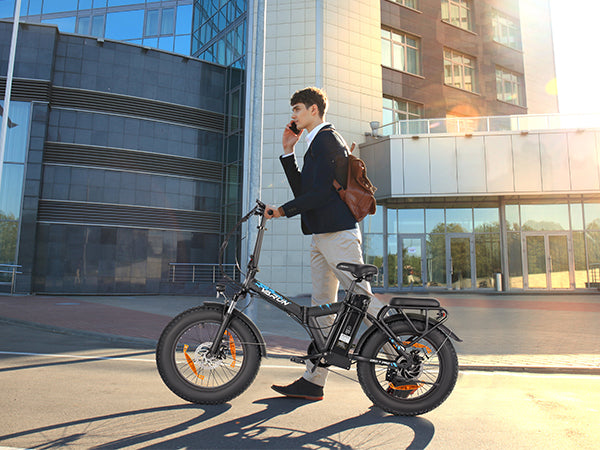How is the sales of ebike in European countries?

1. Consumer characteristics
Gender distribution: In Europe, male consumers account for a higher proportion of E-Bike consumers, but the proportion of female consumers is also gradually increasing.
Age and income: Consumers of different ages have shown great interest in E-Bike, especially those who pursue a healthy and environmentally friendly lifestyle. At the same time, consumers with higher family incomes are more likely to choose to buy E-Bike.
2. Policy support and subsidies
Government subsidies: In order to promote green travel and reduce carbon emissions, many European governments provide subsidies or tax breaks and other preferential policies for consumers who purchase E-Bikes. For example, in cities such as Munich, Germany, a subsidy of up to 500 euros can be obtained for purchasing electric bicycles.
Infrastructure construction: European countries continue to improve infrastructure such as bicycle lanes, providing more convenient conditions for E-Bike riding.
3. Market trends
Continued growth: With the improvement of environmental awareness and the acceleration of urbanization, the sales volume of E-Bike in the European market will continue to grow.
Diversified applications: In addition to commuting and leisure riding, E-Bike is also increasingly widely used in cargo transportation, tourism and other fields.
In summary, E-Bike is very popular in European countries and is showing a trend of continuous growth. This is due to the combined effect of multiple factors such as the cycling culture in the European market, the improvement of consumer acceptance, policy support, and the improvement of infrastructure.
Gender distribution: In Europe, male consumers account for a higher proportion of E-Bike consumers, but the proportion of female consumers is also gradually increasing.
Age and income: Consumers of different ages have shown great interest in E-Bike, especially those who pursue a healthy and environmentally friendly lifestyle. At the same time, consumers with higher family incomes are more likely to choose to buy E-Bike.
2. Policy support and subsidies
Government subsidies: In order to promote green travel and reduce carbon emissions, many European governments provide subsidies or tax breaks and other preferential policies for consumers who purchase E-Bikes. For example, in cities such as Munich, Germany, a subsidy of up to 500 euros can be obtained for purchasing electric bicycles.
Infrastructure construction: European countries continue to improve infrastructure such as bicycle lanes, providing more convenient conditions for E-Bike riding.
3. Market trends
Continued growth: With the improvement of environmental awareness and the acceleration of urbanization, the sales volume of E-Bike in the European market will continue to grow.
Diversified applications: In addition to commuting and leisure riding, E-Bike is also increasingly widely used in cargo transportation, tourism and other fields.
In summary, E-Bike is very popular in European countries and is showing a trend of continuous growth. This is due to the combined effect of multiple factors such as the cycling culture in the European market, the improvement of consumer acceptance, policy support, and the improvement of infrastructure.






Leave a comment